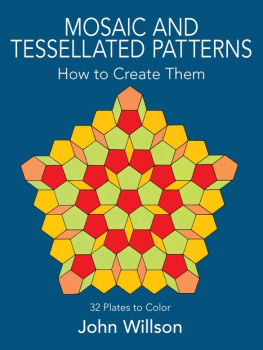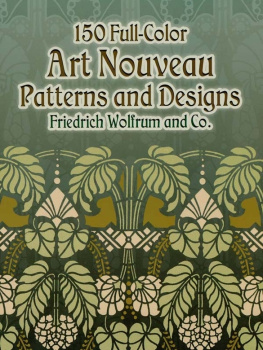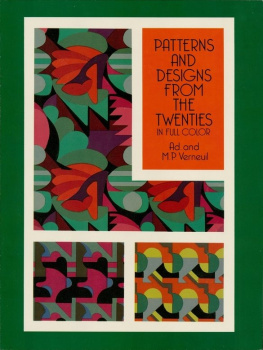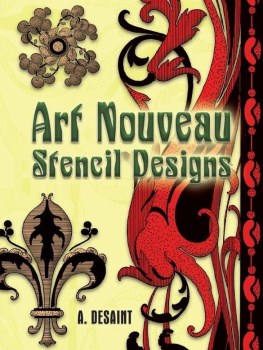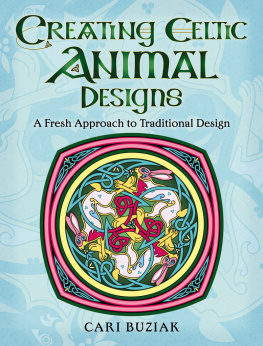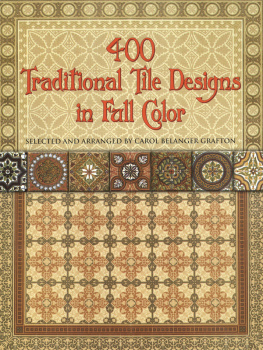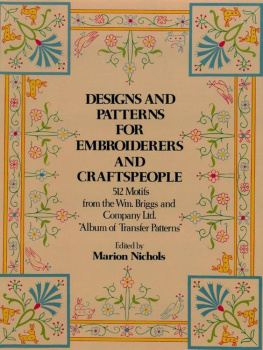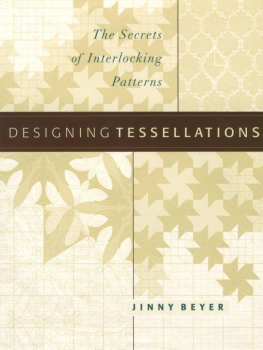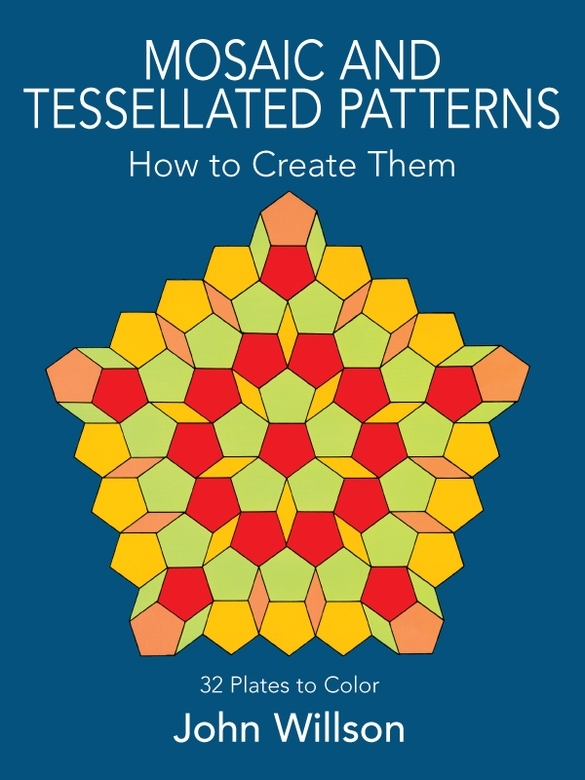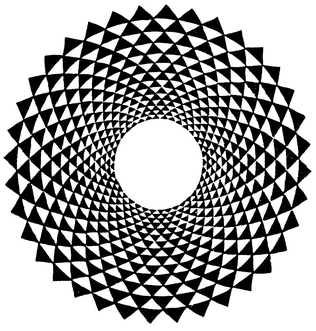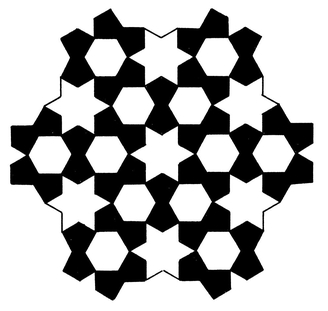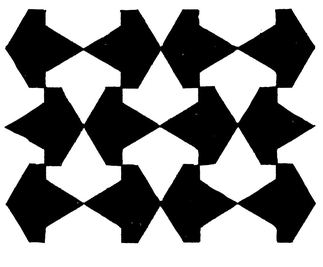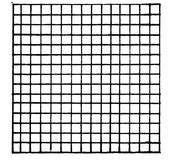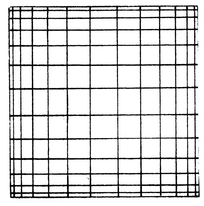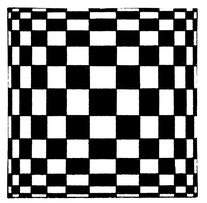John Willson - Mosaic and Tessellated Patterns: How to Create Them, with 32 Plates to Color
Here you can read online John Willson - Mosaic and Tessellated Patterns: How to Create Them, with 32 Plates to Color full text of the book (entire story) in english for free. Download pdf and epub, get meaning, cover and reviews about this ebook. year: 2012, publisher: Dover Publications, genre: Children. Description of the work, (preface) as well as reviews are available. Best literature library LitArk.com created for fans of good reading and offers a wide selection of genres:
Romance novel
Science fiction
Adventure
Detective
Science
History
Home and family
Prose
Art
Politics
Computer
Non-fiction
Religion
Business
Children
Humor
Choose a favorite category and find really read worthwhile books. Enjoy immersion in the world of imagination, feel the emotions of the characters or learn something new for yourself, make an fascinating discovery.
- Book:Mosaic and Tessellated Patterns: How to Create Them, with 32 Plates to Color
- Author:
- Publisher:Dover Publications
- Genre:
- Year:2012
- Rating:3 / 5
- Favourites:Add to favourites
- Your mark:
Mosaic and Tessellated Patterns: How to Create Them, with 32 Plates to Color: summary, description and annotation
We offer to read an annotation, description, summary or preface (depends on what the author of the book "Mosaic and Tessellated Patterns: How to Create Them, with 32 Plates to Color" wrote himself). If you haven't found the necessary information about the book — write in the comments, we will try to find it.
As old as ancient Rome, tessellated patterns can be seen in many places today: in Victor Vasarelys black-and-white paintings, in the designs of Ensor Holiday and M. C. Escher, in Spirograph drawings, and even in computer. John Willson, a research chemist, artist, and teacher, has been creating these dazzling op art designs for years. Now, he brings his special expertise to this unusual coloring book. Here youll find complete information on tessellations and their creation, including:
Definition of a tessellation
History of tessellated designs, beginning with their origin in Rome
Basic kinds of tessellations and how they are formed
Detailed instructions for creating your own unique designs from common geometrical shapes
A full 179 figures illustrate the clearly written text. Also included is a special section of 32 full-page plates of tessellations, ready to be colored any way you wish. This is your best introduction to an unusual and rewarding pastime that will afford you many hours of creative satisfaction.
John Willson: author's other books
Who wrote Mosaic and Tessellated Patterns: How to Create Them, with 32 Plates to Color? Find out the surname, the name of the author of the book and a list of all author's works by series.

